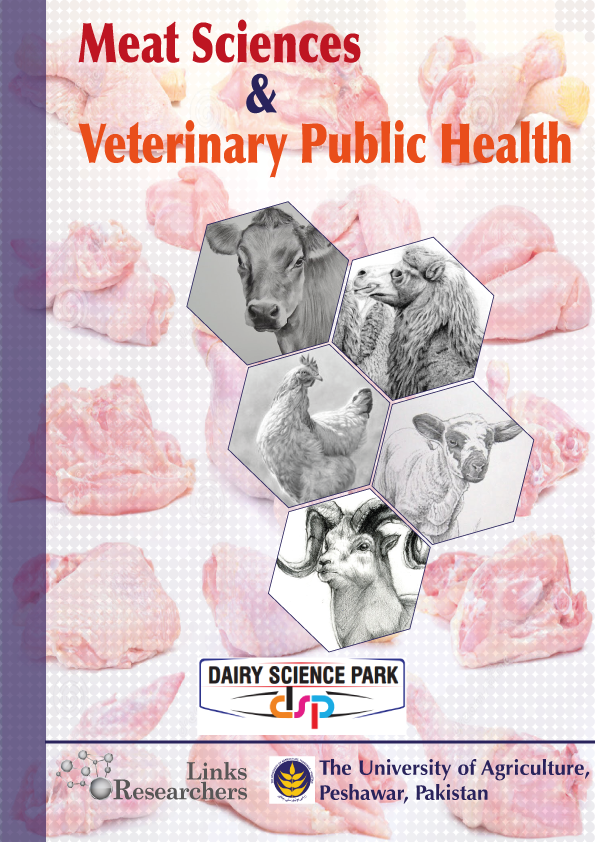Inamullah Khan, Muhammad Subhan Qureshi, Rajwali Khan, Syed Muhammad Sohail, Ijaz Ahmad, Muhammad Shoaib and Asim Ijaz
Arif Khan, Abdur Rahman, Shoail Akhtar, Siraj Uddin, Zahid Ullah and Nazir Ahmad
Bata Shalangwa Ishaku1*, Maimadu Abdullahi1, Dakwang Nalong1, Rengkat Jonah1 and Olabode Mayowa2
Markus I. Francis1*, Paul I. Ankeli2, Clara N. Kwanashie1, Jibril Adamu1, Lushaikyaa Allam1, Mashood A. Raji3, Godwin O. Egwu4, Flavio Sacchini5 and Massimo Scacchia5
Joseph Anejo-Okopi1*, Obinna Oragwa Arthur2, Ocheme Julius Okojokwu1, Sarah Joseph1, Geoffrey Chibueze1, Joshua Adetunji1, Joseph Ameh Okwori3, David Ochola Amanyi4, Otobo I. Ujah5 and Onyemocho Audu6
Mohammed Naji Ahmed Odhah1,2*, Dhary Alewy Almashhadany6, Abdullah Garallah Otaifah7, Bashiru Garba5, Najeeb Mohammed Salah2, Faez Firdaus Abdullah Jesse4*, Mohd Azam Khan G.K3
Asad Ullah1*, Umar Sadique2, Ibadullah Jan2, Imad Khan1, Raheela Taj3, Mumtaz Ali Khan4, Salah-ud-din4, Naimat Ullah Khan1
Hilarius Yosef Sikone1*, Budi Hartono2, Suyadi2, Bambang Ali Nugroho2
Keywords | Added value, Supply chain, Market players, Cattle
...Nkiru E. Ekechukwu, Felicia N. Ekeh, Chinenye M. Ohanu, Hope C. Ezinwa and Ifeanyi Oscar N. Aguzie*
Ochieng Onunga George*, Owuor Ndonga Millicent Florence, Mario Kollenberg
Lobna M.A. Salem, Nashwa O. Khalifa, Marwa O. Abd El-Halim*
Muhammad Izhar ul Haque1, Farhan Anwar Khan1*, Umar Sadique1, Hamayun Khan1, Zia ur Rehman1, Salman Khan1, Hayatullah Khan1,2, Faisal Ahmad1,3, Mumtazur Rahman1, Faiz Ur Rehman1, Muhammad Saeed1, Mehboob Ali1 and Saqib Nawaz1
Farha Deba1, Rubina Nelofer2 and Muhammad Irfan1*
Al Salihi karima Akool1* , Almas. M. Al-Bayati2, Iman Mousa Khaleel3
Hayder M. Watban1,2, Nabeel M.H. Al-Maaly2*
Madbouly, H.M; Orkhan, M.H**; Nagwa El-khoty
Wesam Jasim Hansh
Featuring
-
Evaluating Flock Dynamics, Offtake-rate, and Farmers Perception on Benefits of Community Based Breeding Program in Doyogena District, Central Ethiopia
Addisu Jimma, Aberra Melesse, Aynalem Haile, Tesfaye Getachew
J. Anim. Health Prod., Vol. 12, Iss. 1, pp. 108-120
-
Etiology of Subclinical Bovine Mastitis In Biblian- Ecuador
Mercy Cuenca-Condoy, Lourdes Reinoso-García, Juan González-Rojas, Dionel García-Bracho
J. Anim. Health Prod., Vol. 12, Iss. 1, pp. 100-107
-
Retrospective Analysis of Newcastle Disease in Chickens in Barishal District of Bangladesh
Dilruba Akter Mir, Md. Sahidul Islam, Mosammat Mahamuda Khatun, Sharmin Zaman, Bidyut Matubber, Nazmin Sultana Runa, Zannatul Ferdous, Tithe Saha, Md. Anwar Jahid
J. Anim. Health Prod., Vol. 12, Iss. 1, pp.93-99
-
Phytochemical Composition and In vitro Anthelmintic activity of Combretum micranthum G. Don Leaf Extracts on Haemonchus contortus of Small Ruminants
Tianhoun Denté Fidèle, Meda Nãg-Tiéro Roland, Zabré Geneviève, Koama Benjamin, Kaboré Adama, Tamboura H. Hamidou, Bélem Adrien Marie Gaston
J. Anim. Health Prod., Vol. 12, Iss. 1, pp. 85-92
Subscribe Today
Receive free updates on new articles, opportunities and benefits

© 2024 ResearchersLinks. All rights Reserved. ResearchersLinks is a member of CrossRef, CrossMark, iThenticate.









